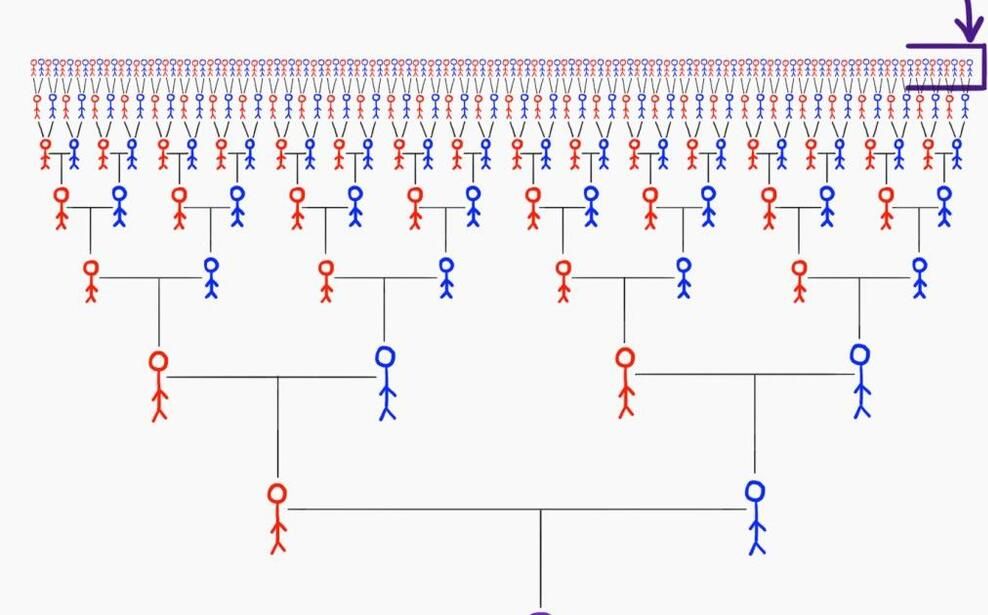Could this be the future of pizza?
Simply log onto the pizza maker’s mobile application, input the number and type of pizzas you want, and the machine will do the rest of the work.
Could this be the future of pizza?
Simply log onto the pizza maker’s mobile application, input the number and type of pizzas you want, and the machine will do the rest of the work.



50+ Year Study Of The Life Cycle, Conservation And Welfare Of Africa’s Elephants — Dr. Vicki Fishlock, Ph.D., Resident Scientist, Amboseli Trust for Elephants.
Dr. Vicki Fishlock Ph.D. is a Resident Scientist, at The Amboseli Trust for Elephants (https://www.elephanttrust.org/), an organization that aims to ensure the long-term conservation and welfare of Africa’s elephants in the context of human needs and pressures, through scientific research, training, community outreach, public awareness and advocacy, and which is involved in the longest-running study of wild elephants in the world.
Dr. Fishlock joined The Amboseli Trust for Elephants (ATE) in January 2011 to study social disruption and recovery in elephant families after the terrible 2009 drought. Her work focuses on leadership and negotiation in the face of risk, as well as the very long-term social dynamics.
Prior to working at ATE in Kenya, Dr. Fishlock studied Western gorillas and forest elephants in the Republic of Congo, where she earned her Ph.D. under the supervision of Prof. Phyllis Lee, examining the use of forest clearings as social arenas for elephants.
Dr. Fishlock previously graduated with first class honors in Zoology from the University of Edinburgh. After graduation, she worked as a research assistant at Chester Zoo on behavioral and hormonal indicators of welfare in captive orangutans.


Echolocation for humans. Original post https://journals.plos.org/plosone/article…
With enough training, most humans can learn how to echolocate, using their tongue to make clicking sounds, and interpreting the sounds of the echoes that come back, reflected from the surrounding environment.
In as few as 10 weeks, researchers were able to teach participants how to navigate obstacles and recognize the size and orientation of objects using the rebounding calls of their clicks. The experiment involved 12 participants who’d been diagnosed as legally blind during their childhood, and 14 sighted people.
Echolocation is a skill we usually associate with animals such as bats and whales, but some blind humans also use the echoes of their own sounds to detect obstacles and their outlines. Some use the tapping of a cane or the snapping of their fingers to make the necessary noise, while others use their mouths to make a clicking sound.



“Because of this male-specific effect, we investigated the effects of MPH through the paternal line and observed the same behaviors in several generations of their descendants not directly administered the drug.”
Summary: A new study of male guppies reveals behaviors affected by methylphenidate hydrochloride (MPH), an active ingredient in common ADHD medications, can be passed along to future generations.
Source: University of Toronto
By studying guppies, scientists at the University of Toronto and Florida State University found that behaviors affected by methylphenidate hydrochloride (MPH) – the active ingredient in stimulants such as Ritalin and Concerta used to treat ADHD—can be passed along to several generations of descendants.
“We exposed male and female Trinidadian guppies to a low, steady dose of MPH and saw that it affected the anxiety and stress-related behavior of males, but not females,” said Alex De Serrano, a Ph.D. candidate in the department of ecology and evolutionary biology (EEB) in the Faculty of Arts & Science and lead author of a study published recently in Scientific Reports.